A team of antelopes led by Shiva, one of the best-known Hindu deities in the world, takes us on a journey through the sacred history of Hinduism.
A former paraffin lamp, this one has been fully electrified and magnified by a delightful cream-coloured silk lampshade, adorned with pompoms and golden silk thread buttons.
Period : XXth Century
Dimensions : Total height : 70cm
Dimensions of base: Length: 42cm x width: 24cm
Shiva is often described as the God of destruction, as if echoing the Armageddon of the Apocalypse according to Saint John.
He is indeed the God of destruction, but this term does not have the same meaning in Hindu philosophy.
Shiva is as much creator as destroyer.
Destruction is simply a prerequisite for the birth of a new cycle, so it's a creative destruction, not the final apocalypse.
Shiva is a complex divinity who has been adopted by so many currents that it is almost impossible to talk about all his faces.
It's important to understand that the destruction represented by Shiva is simply a necessary stage in the new cycle.
This is obviously a powerful message, since it evokes a universal law that applies to the infinitely large universe as well as to the infinitely small world of our lives. In a way, Shiva is the link between the apocalypse and genesis, which he triggers by opening his third eye, Trinitra.
He is also the 'patron' of dancers and the master of yoga, the one who holds universal, infinite and integral knowledge. He is described as the destroyer, the revealer, the preserver, the concealer and, of course, the creator.
Shiva is indispensable, not only for believers, but also for those who want to understand the Indian philosophy that permeates yoga.
The sacred books of Hinduism contain his story and his many legends, including that of the moon adorning his hair, which is also the source of the Ganges. The moon is a symbol in addition to his nine attributes: the jata-mukuta, the tiger skin, Trishula, Damaru, Trinitra, the snake, the axe, the antelope and his bow Pinaka.























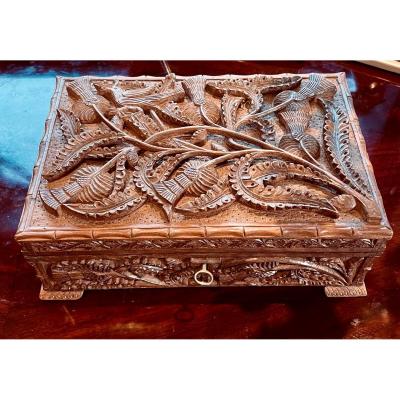

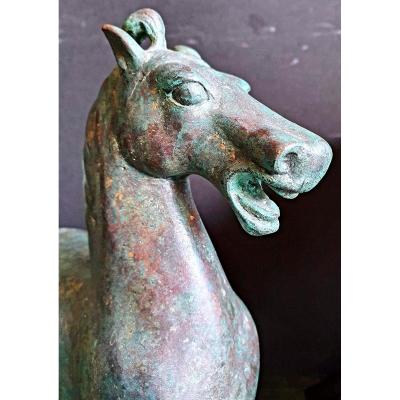




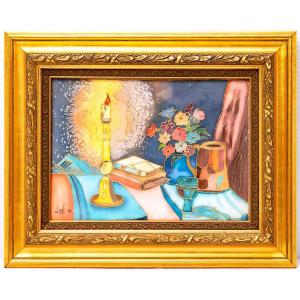
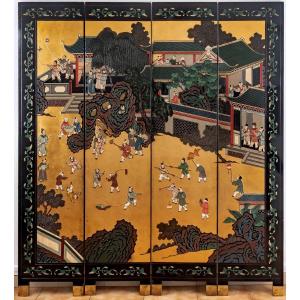
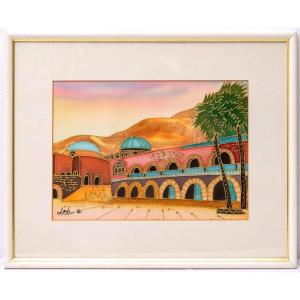
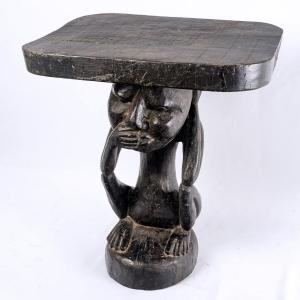








 Le Magazine de PROANTIC
Le Magazine de PROANTIC TRÉSORS Magazine
TRÉSORS Magazine Rivista Artiquariato
Rivista Artiquariato